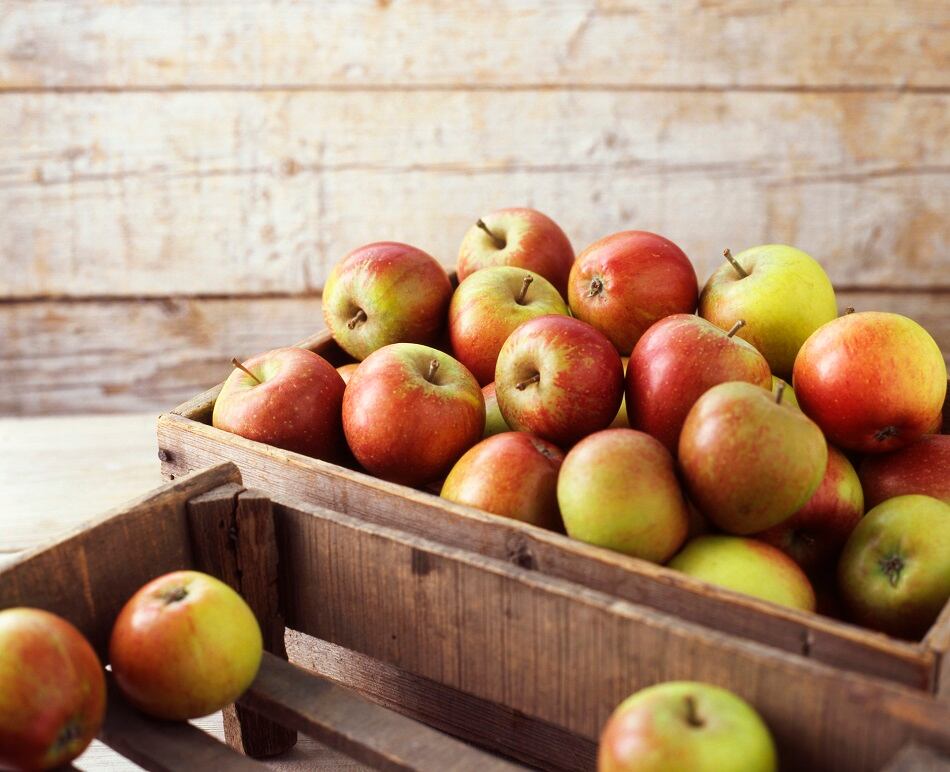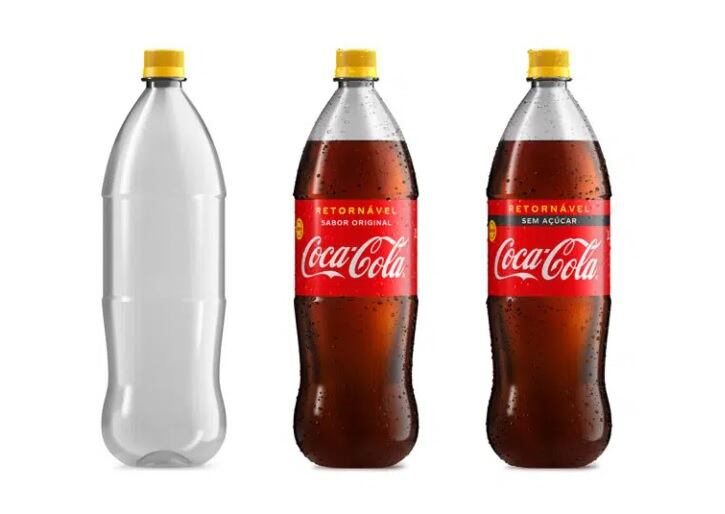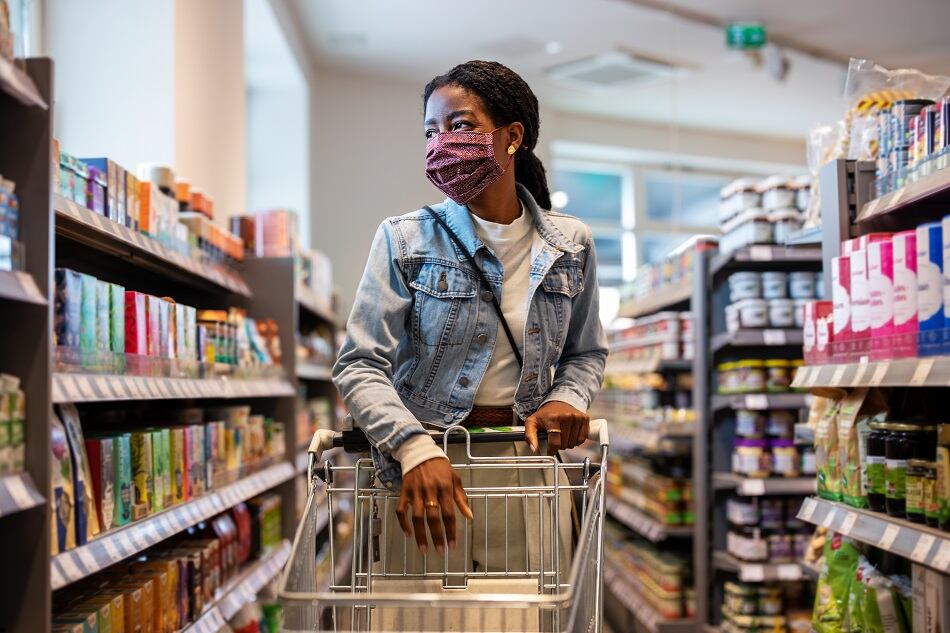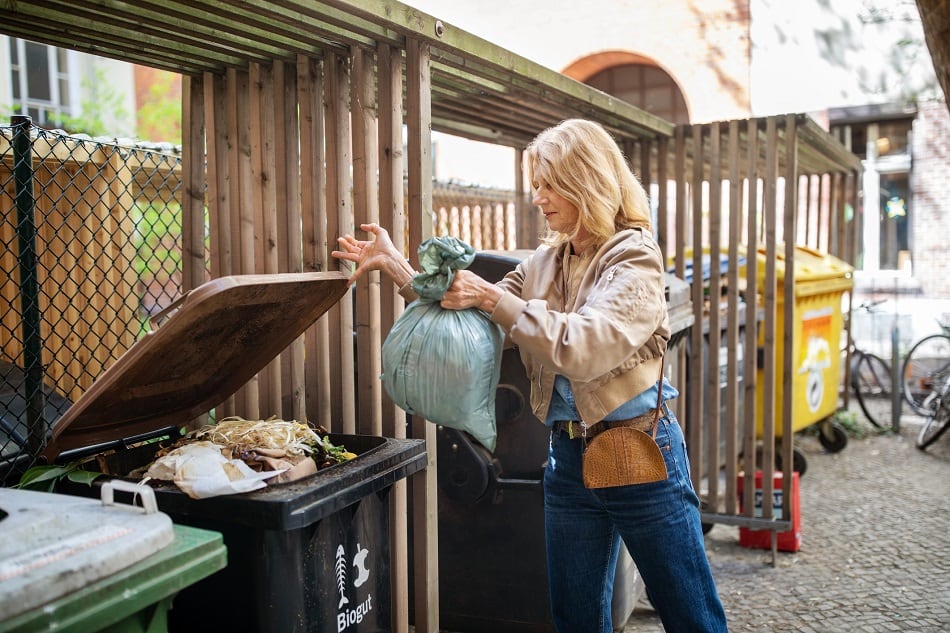While molded pulp packaging is already compostable and recyclable by nature, its main ingredient input, recycled newspaper, is in decline, creating a new market opportunity for substitute materials, said lead author of the study and professor at Oregon State University, Yanyun Zhao.
Zhao - who along with her team of researchers has been studying alternative materials for molded pulp packaging - found that apple pomace (the pulpy residue remaining after fruit has been crushed in order to extract juice) and other byproducts from the fruit and vegetable juicing process as well as winemaking were a viable, environmentally-friendly option.
For now, Zhao said she and her team are focused on apple pomace, in part due to its abundant availability in the Pacific Northwest and because when apples are processed for juice 70-75% of the apple goes into the juice while 25-30% of the fruit is leftover as pulp or pomace which can be upcycled into molded pulp packaging.
The research was supported by the Oregon Department of Agriculture Specialty Crop Block Grant Program, Kerr Concentrates, Inc. of Salem, and Hood River Juice Company of Hood River which provided fruit pomace for the research.
Addressing an industry need
Zhao, who received a patent for her research, said, “Right now, apple pomace is typically just composted or used for animal feed. We thought why not turn it into an environmentally friendly product that meets an industry need.”
Many major CPG companies have committed to reducing their packaging footprint. Coca-Cola announced recently that by 2030, at least 25% of its beverages sold globally will be sold in 'reusable packaging' including returnable glass and plastic bottles which can be returned by consumers to point-of-sale where retailers store and return the bottles to Coca-Cola upon delivery of a new order.
Nestlé, which is a partner of the Ellen MacArthur Foundation's New Plastics Economy initiative, reduced its total packaging by weight 3% between 2019 and 2020 by focusing on increasing its use of reusable packaging and compostable paper packaging.
Create packaging from leftover apples
One of the main challenges of upcycling apple pomace into paper-based packaging is improving the material's water resistance to withstand high moisture from liquid food or non-food products and products stored under high-humidity conditions, noted researchers.
The team of researchers used two methods to solve this obstacle. The first being incorporating specific polymers and compounds with water resistance characteristics such as lignin, chitosan, and glycerol into the pulp formulation and applying a superhydrophobic coating on the product's surface.
Previous research from Zhao’s team found that chitosan reduced water absorption of cellulose nanofiber (CNF) films significantly while lignin is a polymer with natural structural support properties.
And lastly, glycerol is an organic compound often added to a material to make it softer and more flexible. Previous studies had shown that at low levels glycerol also decreased water absorption.
Researchers determined the optimal amounts of those polymers and compounds while also adding a small amount of cardboard fiber for stability of the molded pulp packaging products.
For the coating of the packaging, Zhao's team - which has studied food coatings and barriers extensively in the past - developed a simplified superhydrophobic coating on the surface of the apple pomace product to further enhance water resistance.
Researchers also tested the compostability of the pulp-based packaging material and found that it was compostable in soil, making it an eco-friendly packaging option.
"This study brought new insights for using pomace as alternative fiber to produce water-resistant and compostable packaging for various applications," the researchers concluded.
Source: Journal of Food and Bioproducts Processing
Investigation of mechanisms and approaches for improving hydrophobicity of molded pulp biocomposites produced from apple pomace
https://doi.org/10.1016/j.fbp.2022.02.003
Authors: Clara V. Lang, Jooyeoun Jung, Taoran Wang, Yanyun Zhao




